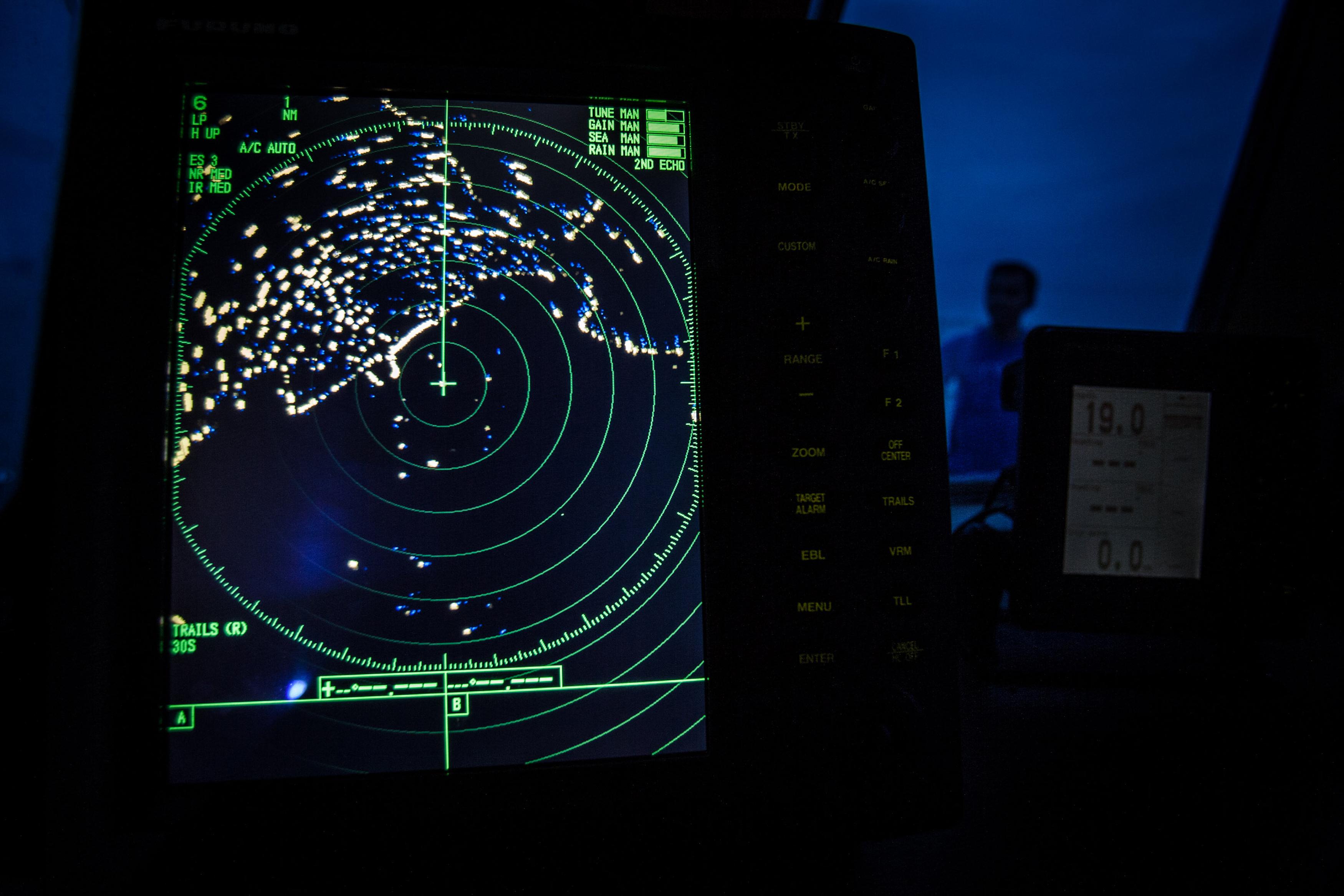Update, March 17, 9:45 p.m.: Flight MH370’s initial turn off course, to the west over Malaysia, was programmed into the plane’s computer system not manually maneuvered, according to senior U.S. officials. The New York Times, who is reporting the latest development, says the command would have involved seven or eight keystrokes into the Flight Managment System, a computer which sits between the pilot and the co-pilot. It is not clear if the command was programmed before or after the airliner took off.
The latest information, if true, suggests the diversion was initiated by a pilot or someone with very specific technical knowledge. Investigators are still analyzing radar tapes that show the first few movements of the plane after it went off course. The airliner appears to have tracked along several so-called waypoints, or pre-established locations in the sky, as it travelled from its scheduled path. Here’s the New York Times with the details:
According to investigators, it appears that a waypoint was added to the planned route. Pilots do that in the ordinary course of flying if air traffic controllers tell them to take a different route, to avoid weather or traffic. But in this case, the waypoint was far off the path to Beijing. …
Normal procedure is to key in a five-letter code — gibberish to non-aviators — that is the name of a waypoint. A normal flight plan consists of a series of such waypoints, ending in the destination airport. For an ordinary flight, waypoints can be entered manually or uploaded into the F.M.S. by the airline.
Original story, March 17, 4:00 p.m.: On the tenth day of the search for flight MH370, Malaysian officials yet again backtracked on key statements regarding the sequence of events leading up to the disappearance of the missing aircraft. Over the weekend, Malaysia’s defense and acting transportation minister stated that one of the plane’s communication systems, ACARS, had been switched off at 1:07 a.m., minutes before someone in the cockpit verbally signed off, “all right, good night” at 1:19 a.m. to air traffic controllers. The finding seemed to clearly confirm foul play and implicate the pilot who spoke those final words.
Yet today, Malaysia Airlines chief executive Ahmad Jauhari Yahya stated that the ACARS system, which communicates every 30 minutes, was still active at 1:07 a.m., but failed to send its next scheduled update at 1:37 a.m. Thus, the system could have been disabled at any point within the 30 minute window. As a refresher, the plane’s other communication system, its transponder, failed at 1:21 a.m. The new information opens up the possibility that the plane’s two communication systems were disabled at the same time, rather than successively, which had been previoulsy reported as a clue the systems were intentionally shut off rather than cut off by a mechanical or electrical failure. Despite this new clarification, the consensus among officials is still foul play – though the possibility of an accident has not been completely ruled out.
Today also brought another small discovery as reported by the BBC. Malaysia Airlines indicated the words “all right, good night” were spoken by the plane’s co-pilot, Fariq Abdul Hamid. As has been reported, both pilots as well as passengers and crew are under rigorous investigation for possible nefarious motives. Elsewhere in Slate, William Dobson explains why you should be wary of attempts to portray chief pilot Zaharie Ahmad Shah as a political zealot.
Whether these two latest revelations help narrow the search for MH370, which now includes 26 countries and spans vast swaths of ocean and land, remains to be seen. On Monday, Australia took the lead in searching southern parts of the Indian Ocean for the disappeared airliner, while China and Kazakhstan continued to query their radar systems for any sign of the plane in their airspace.
Read the rest of Slate’s coverage of Malaysia Airlines Flight 370. This story will be updated with the latest developments.
